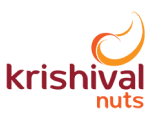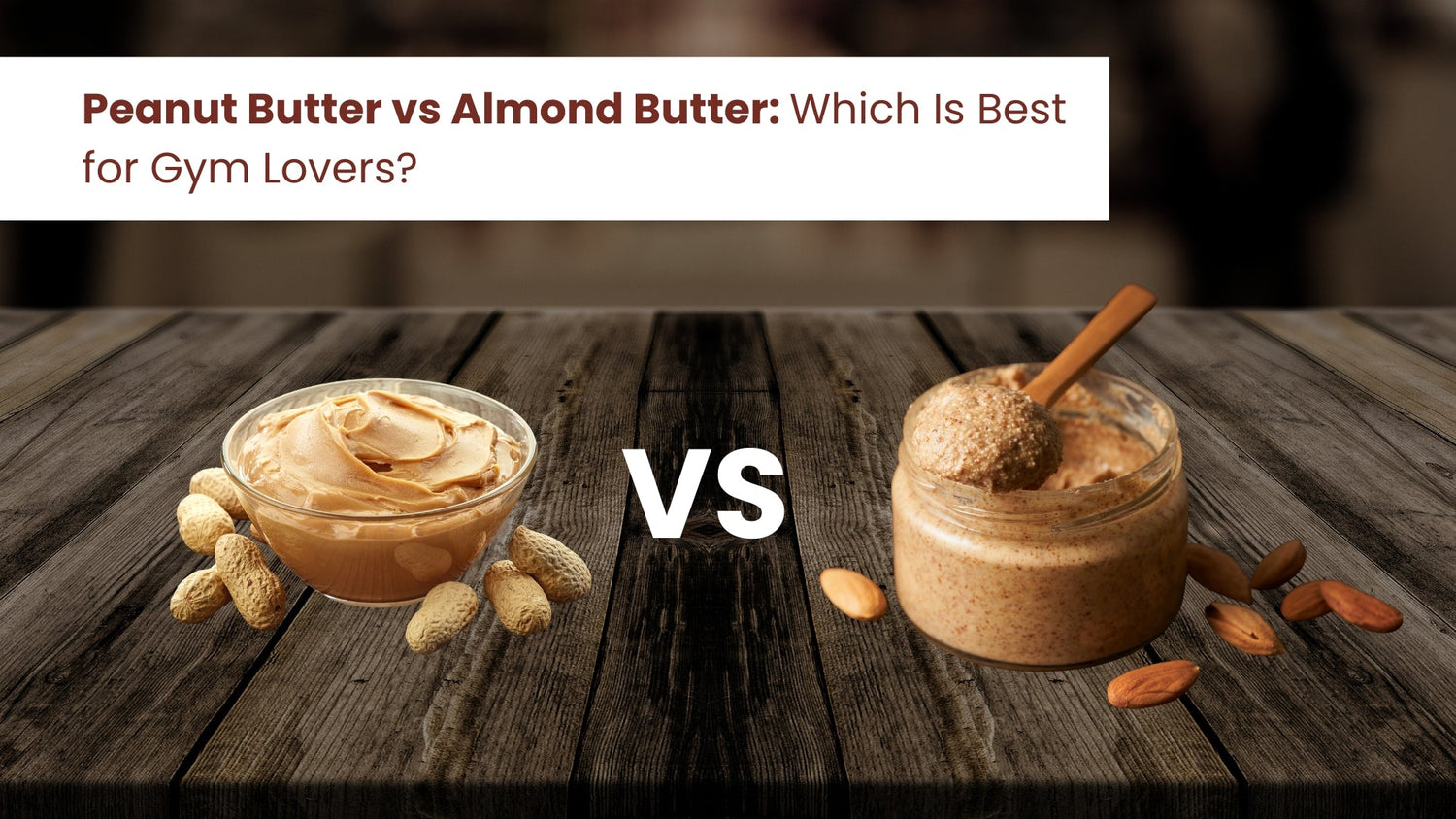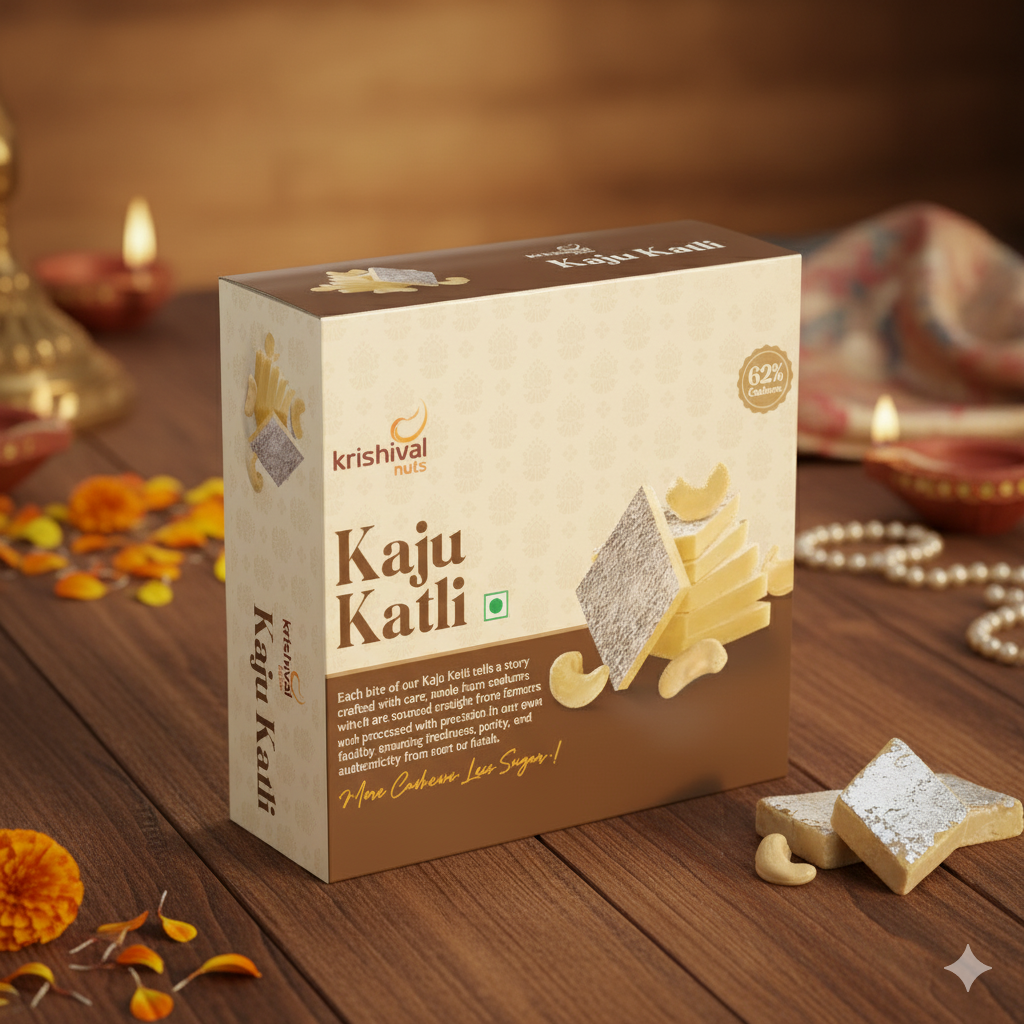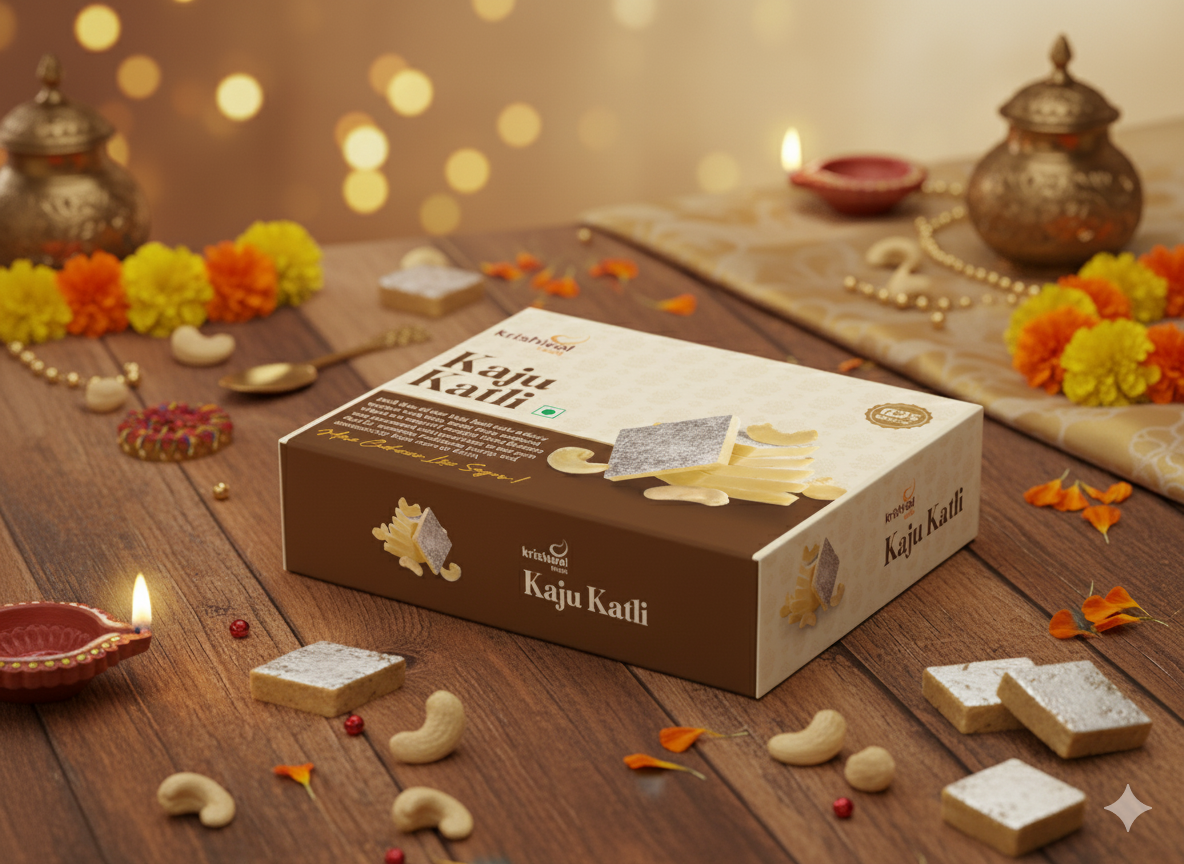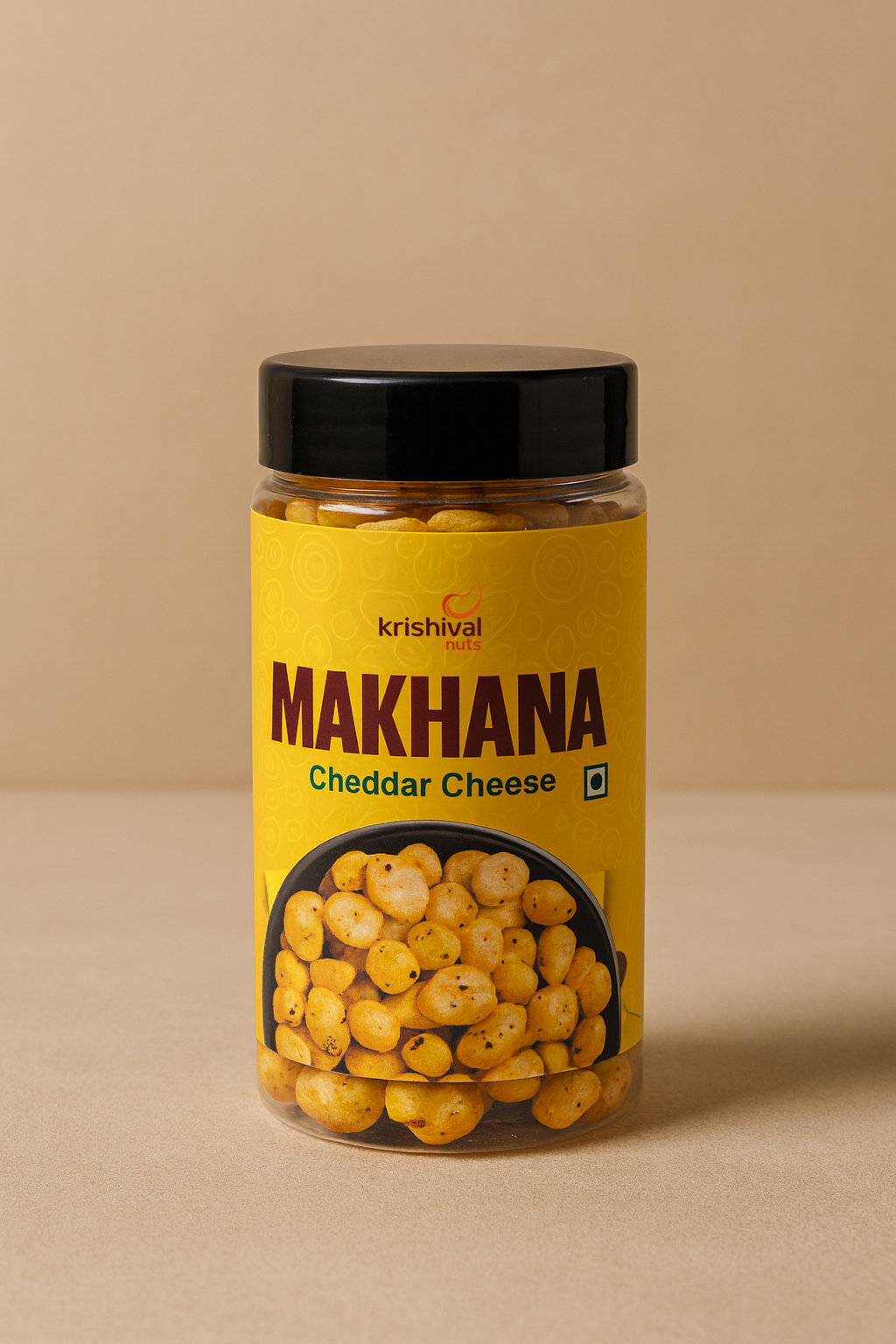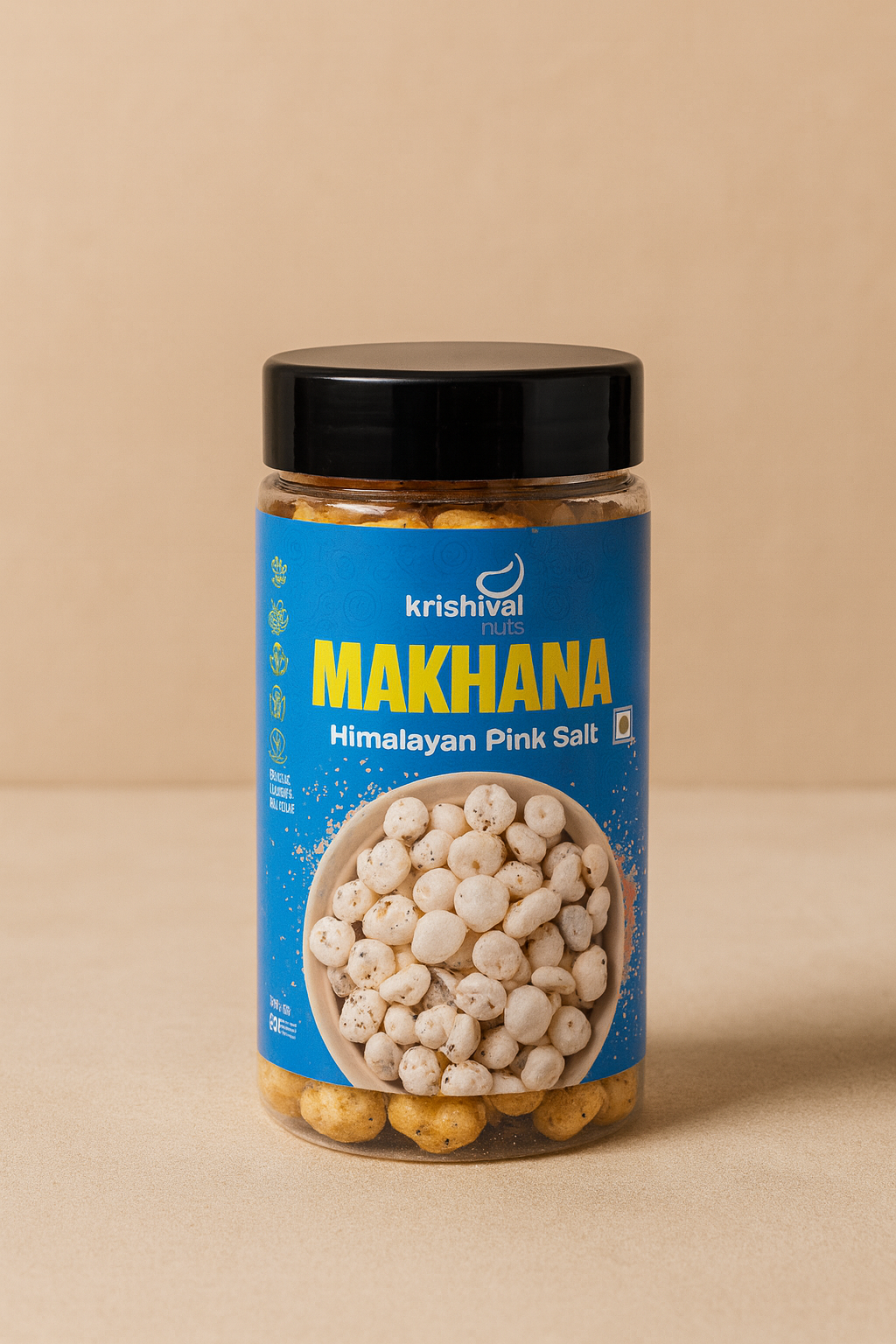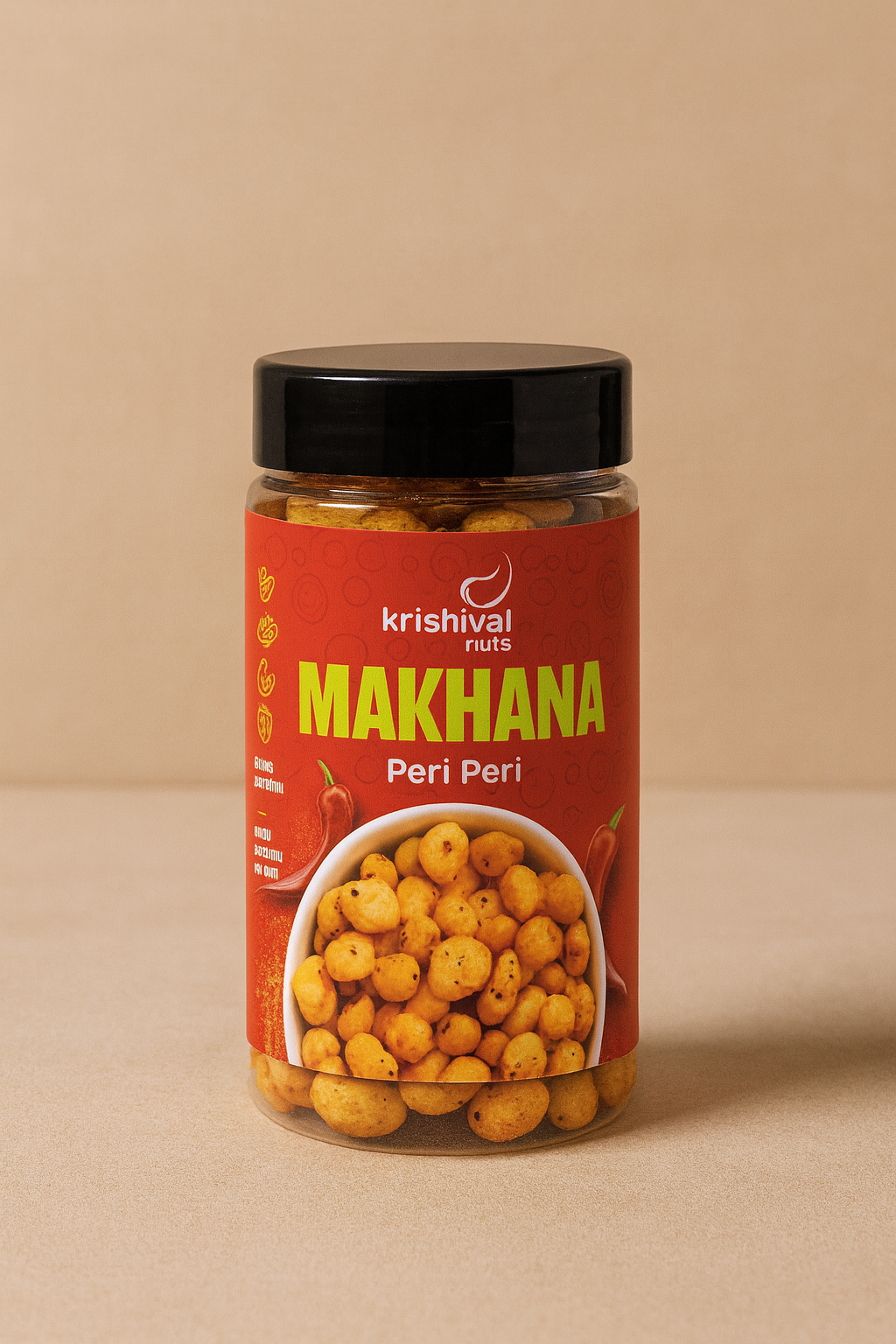For fitness enthusiasts, nut butters are more than just a spread, they are a power-packed source of energy, protein, and healthy fats. Among the top choices, peanut butter and almond butter stand out as favorites in the fitness community.
Both offer muscle-repairing protein, sustained energy from healthy fats, and essential vitamins and minerals. Whether you're fueling up before a workout or recovering after an intense session, these nut butters can be a valuable addition to your diet.
But when it comes to choosing between peanut butter and almond butter, which one is better for gym lovers? Let's break it down and find out which nut butter aligns best with your fitness goals.
Nutritional Comparison: Peanut Butter vs Almond Butter
When it comes to fueling workouts and aiding muscle recovery, both peanut butter and almond butter pack a punch in terms of nutrition. However, they differ in protein content, fiber, vitamins, and minerals, making them beneficial in different ways. Here’s how they compare per 100 grams:

Key Takeaways:
-
Peanut butter has higher protein (~25g vs. ~21g), making it the better option for muscle building and recovery.
-
Almond butter has more fiber (~10g vs. ~6.5g), supporting better digestion and appetite control, ideal for weight management.
-
Almond butter contains significantly more Vitamin E (~25mg vs. ~8.2mg), which reduces muscle inflammation and supports skin health.
-
Peanut butter has more saturated fat (~10g vs. ~3.8g), whereas almond butter is lower in saturated fats, making it a better choice for heart health.
-
Almond butter is superior in calcium and magnesium, which are crucial for bone strength, muscle contractions, and nerve function, important for gym-goers engaged in strength training.
-
Peanut butter is slightly lower in calories, making it a more balanced option for those focused on calorie control while still maintaining high protein intake.
Health Benefits of Peanut Butter vs Almond Butter
H3 - Peanut Butter Benefits
-
Muscle Building: Peanut butter’s higher protein content makes it an excellent choice for gym lovers looking to repair muscles after intense workouts.
-
Energy Boost: The high fat content, especially healthy monounsaturated fats, provides sustained energy levels.
-
Heart Health: While it’s higher in omega-6 fatty acids, moderate consumption of peanut butter can support heart health. Peanut butter also contains resveratrol, an antioxidant that helps combat inflammation.
-
Satiety: The combination of protein and fat helps keep you feeling full longer, making it a great addition to a post-workout snack.
Almond Butter Benefits
-
Nutrient-Dense: Almond butter is packed with essential vitamins and minerals like vitamin E, magnesium, and calcium, all of which are important for overall health, muscle function, and recovery.
-
Better for Digestion: The higher fiber content in almond butter helps with digestion, promoting a healthier gut.
-
Heart Health: Almond butter is rich in heart-healthy monounsaturated fats, which can help manage cholesterol levels and reduce the risk of heart disease.
-
Weight Management: Its high fiber content aids in satiety and can help curb cravings, supporting weight loss or maintenance goals.
Peanut Butter vs Almond Butter: Benefits for Gym Lovers
When it comes to fueling workouts and supporting recovery, both peanut butter and almond butter offer unique advantages. While peanut butter is a protein powerhouse for muscle growth, almond butter provides superior nutrients for overall health and digestion. Let’s break it down.
Peanut Butter – The Protein Powerhouse
-
Higher Protein Content for Muscle Growth
-
Peanut butter contains around 8g of protein per 2 tablespoons, making it an excellent muscle-building food.
-
Protein is essential for muscle repair and recovery after intense gym sessions.
-
Sustained Energy for Workouts
-
Packed with healthy fats and calories, peanut butter provides long-lasting energy, making it a great pre-workout and post-workout snack.
-
Its combination of healthy fats, protein, and moderate carbs ensures steady energy release, preventing mid-workout fatigue.
-
Budget-Friendly and Easily Available
-
Compared to almond butter, peanut butter is more affordable, making it a practical choice for regular gym-goers looking for a cost-effective fitness food.
-
Available in a variety of forms (natural, crunchy, smooth) to suit different preferences.
Almond Butter – The Nutrient-Dense Superfood
-
Rich in Fiber and Healthy Fats
-
Almond butter contains twice the fiber of peanut butter, with 3.3g per 2 tablespoons.
-
Higher fiber content aids digestion, keeps you full longer, and promotes better gut health—great for those focusing on weight management.
-
Loaded with Vitamin E for Recovery
-
Almond butter provides three times more vitamin E than peanut butter, a powerful antioxidant that reduces inflammation and supports muscle recovery.
-
Helps in cell repair and immune function, which is crucial for gym-goers pushing their limits.
-
Better for Heart Health
-
Almond butter is higher in monounsaturated fats, which help reduce bad cholesterol (LDL) and support cardiovascular health.
-
A healthier fat profile makes it ideal for athletes prioritizing long-term wellness along with fitness performance.
Which One Is Best for Gym Lovers?
-
For muscle recovery and protein intake → Peanut butter is the better option.
-
For overall health, digestion, and weight management → Almond butter has an edge.
-
Both are excellent choices, and incorporating both into a balanced diet can provide the best of both worlds.
Bottom Line: If you are looking for a cost-effective protein boost, go for peanut butter. If you want a nutrient-dense, heart-healthy option, almond butter is your best bet!
Potential Downsides of Peanut Butter vs Almond Butter
While both nut butters offer amazing health benefits, they aren’t without potential downsides.
-
Peanut Butter: The primary downside of peanut butter is its higher omega-6 fatty acid content. If consumed excessively without balancing omega-3 intake, this could contribute to inflammation over time. Many store-bought peanut butter options also contain added sugar and unhealthy oils, which can detract from their health benefits.
-
Almond Butter: Almond butter is generally higher in calories, so portion control is essential, especially if you’re trying to manage your weight. It’s also typically more expensive than peanut butter, making it less accessible for some individuals.
How to Incorporate Peanut Butter and Almond Butter in Your Diet
As a Pre-Workout Snack
Fuel your body before an intense workout by spreading peanut butter or almond butter on whole-grain toast for sustained energy. You can also blend a spoonful into a smoothie with bananas and oats to power through your session.
As a Post-Workout Recovery
Muscle recovery is essential after a workout. Peanut butter’s higher protein content makes it ideal for blending into protein shakes or drizzling over a bowl of oatmeal to help rebuild muscles and restore energy levels. Almond butter, with its healthy fats and vitamin E, also aids recovery and reduces inflammation.
In Your Daily Diet
Nut butters are versatile and easy to include in your diet:
-
Protein bars – Mix with nuts, seeds, and honey for homemade energy bars.
-
Overnight oats – Stir a tablespoon into oats for added protein and creaminess.
-
Nut butter energy bites – Combine with dates and coconut for a quick, nutritious snack.
Homemade vs. Store-Bought Nut Butter
When it comes to nut butter, homemade versions are often the best option because they’re preservative-free and you can control the ingredients. Store-bought versions, on the other hand, may contain added sugars, oils, or preservatives. Always check the ingredient list to ensure you’re getting the purest form of peanut or almond butter.
Comparison Chart: Peanut Butter vs Almond Butter

Conclusion
Both peanut butter and almond butter offer significant health benefits, but they serve different purposes depending on your fitness goals. If you’re focused on muscle building, weight management, or post-workout recovery, peanut butter is the better choice due to its higher protein content. On the other hand, if heart health, fibre, and micronutrient intake are your primary focus, almond butter is a fantastic option.
Incorporating either of these nut butter into your diet can provide you with healthy fats, protein, and essential vitamins and minerals. The key is to choose the one that aligns with your fitness goals and dietary needs. Whether you enjoy them spread on toast, mixed into smoothies, or simply eaten by the spoonful, both peanut butter and almond butter can be delicious and nutritious additions to your gym diet.
FAQs
q1. 1. Which nut butter is better for muscle growth?
Peanut butter is better for muscle growth as it contains more protein (around 8g per 2 tbsp) compared to almond butter (~6.7g per 2 tbsp). Protein is essential for muscle repair and recovery, making peanut butter a strong choice for gym lovers. However, almond butter still provides good protein along with more micronutrients, making it beneficial for overall health.
2. Is peanut butter or almond butter better for weight loss?
Almond butter has a slight edge for weight loss because it contains more fiber (3.3g vs. 1.6g per 2 tbsp), which helps with satiety and digestion. Fiber reduces cravings and keeps you full longer. However, both are calorie-dense, so portion control is key—1-2 tbsp per day is ideal.
3. Which is better for digestion: peanut butter or almond butter?
Almond butter wins in digestion support due to its higher fiber content, which aids gut health and bowel movements. If you have digestion issues, almond butter is a better choice. However, natural peanut butter without added oils can also be a good option.
4. Can gym beginners eat peanut butter or almond butter daily?
Yes! Both are excellent for gym beginners, providing energy, protein, and healthy fats. However, since they are calorie-dense, eating them in moderation (1-2 tbsp per day) is recommended to avoid excess calorie intake.
5. Which has more healthy fats: peanut butter or almond butter?
Both contain heart-healthy monounsaturated fats, but almond butter has slightly more (~17.8g per 2 tbsp vs. 16g in peanut butter). Almond butter also has a better omega-3 to omega-6 balance, which helps in reducing inflammation.
6. Are there any side effects of eating too much nut butter?
Yes, excessive consumption may lead to:
-
Weight gain: High-calorie content can increase overall calorie intake.
-
Digestive issues: Too much fiber can cause bloating or discomfort.
-
Allergic reactions: Some people may experience nut allergies.
-
Excess omega-6 intake: Eating too much peanut butter may increase inflammation due to its higher omega-6 ratio.
7. Is almond butter worth the higher price for fitness benefits?
Almond butter offers more fiber, vitamin E, and better heart health benefits, but peanut butter remains a budget-friendly alternative with comparable protein and energy benefits. If you're focused on micronutrients and digestion, almond butter is worth the extra cost. Otherwise, peanut butter is still a great option.
8. Can nut butters help with post-workout recovery?
Yes! Both peanut butter and almond butter support muscle recovery due to their protein, healthy fats, and energy-dense profile. They work well when combined with a balanced post-workout meal or protein shake.
9. How can I use peanut butter or almond butter in protein shakes?
Nut butters add creaminess, nutrients, and energy to shakes. Try these options:
-
Peanut Butter Protein Shake: Blend peanut butter, banana, oats, milk, and protein powder.
-
Almond Butter Energy Shake: Almond butter, dates, cinnamon, almond milk, and vanilla protein.
-
Chocolate Nut Butter Smoothie: Cocoa powder, nut butter, Greek yogurt, and honey.
10. What should I look for when buying peanut or almond butter for fitness?
-
Ingredients: Choose 100% nuts, avoiding added sugar and hydrogenated oils.
-
Nutrient Profile: If muscle growth is your goal, opt for high-protein versions.
-
Texture Preference: Smooth for easy blending, crunchy for added texture.
-
Freshness & Storage: Check for natural separation (a sign of purity) and store in a cool place.
